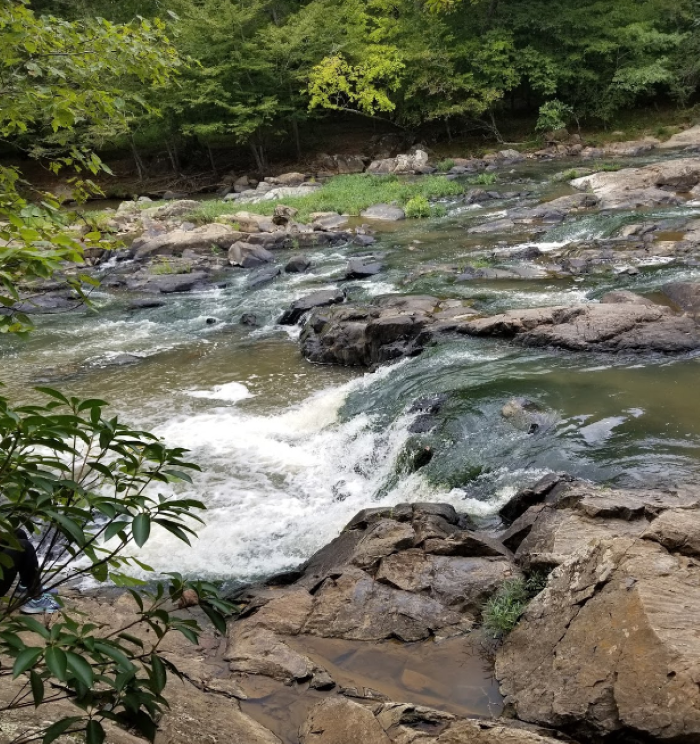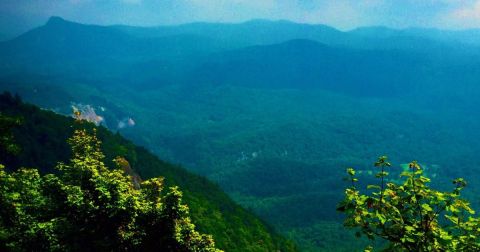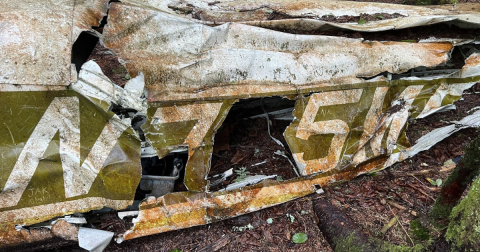This Short Hike In North Carolina Leads To Fascinating Evidence Of Ancient Volcanoes
Even if you know a lot about the Tarheel State, it may come as a surprise to you that millions of years ago, all of present-day North Carolina was covered by an ocean. Did you know that at that time, an arc of volcanoes in NC formed? These eventually pushed up through the surface of the water, creating North Carolina volcano islands. What’s perhaps most surprising is that we can still see visible evidence of that, even today. If you’ve ever wondered “are there any dormant volcanoes in North Carolina?”, the answer is a firm yes, and you can actually see these volcanoes in North Carolina by taking a hike. We’ve got a number of great trails with volcanoes in NC. We all know there are plenty of amazing mountains in North Carolina, and amazingly enough, some of them are dormant volcanoes. These hikes are so much fun for anyone seeking a trail with history, natural beauty, and the opportunity to stretch your legs.











It’s important to note: removing rocks and ancient articles from these trails is not a good idea. Always follow the “leave no trace” rule when hiking in North Carolina, which includes the “take no trace” policy as well if you’re chasing volcanoes along the Eno.
Our friends at Alltrails have tons of great information about all the hikes we mentioned above, and you can even enjoy a free trial of Alltrails+ if you’d like to enjoy extras like downloading offline maps.
You can always pick up all the gear you need for a hike at Backcountry. Make sure to wear good footwear, and always bring sunscreen and insect repellent.
Love discovering odd and interesting things about North Carolina? Most people raise an eyebrow upon learning the true geographical center of North Carolina is found on top of a hill called Purgatory Mountain.
OnlyInYourState may earn compensation through affiliate links in this article. As an Amazon Associate, we earn from qualifying purchases.
More to Explore
Are There Any Dormant Volcanoes In North Carolina?
What are some of the most beautiful mountains in North Carolina?
Our state is famous for its amazing mountain ranges! Both the Blue Ridge Mountains and the Great Smoky Mountains are in the Tarheel State. Check out a few of the prettiest mountains in North Carolina:
- The Blue Ridge Mountains are considered to be among the most beautiful mountains in the world.
- Hawksbill Mountain near Linville Gorge is truly magnificent.
- Chimney Rock State Park has some of the loveliest mountains in the state.
What are some of the best mountain hiking trails in North Carolina?
Some of the best trails in North Carolina are in our amazing mountain ranges. Here are a few of our favorites:
Are there any other places to see evidence of ancient history in North Carolina?
Topsail Island is actually a fossil beach in North Carolina where you can find all kinds of amazing fossils and prehistoric remains!




